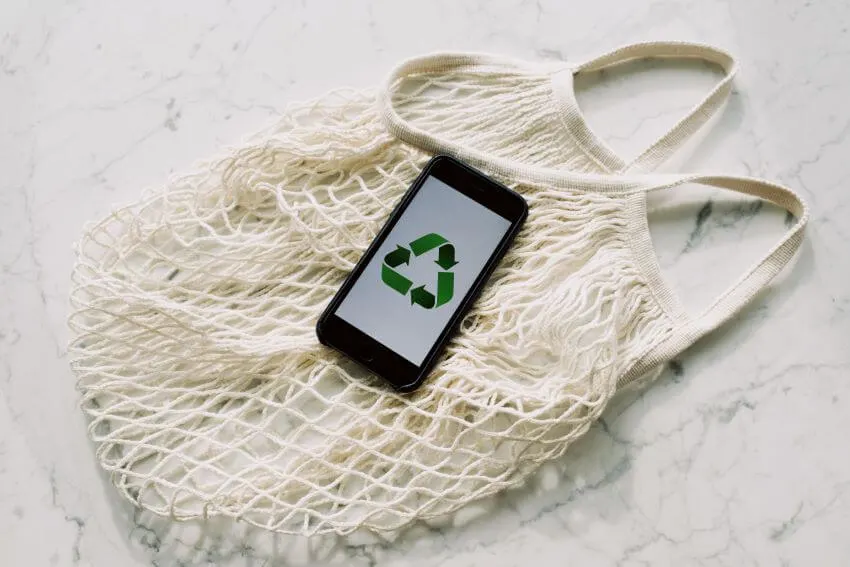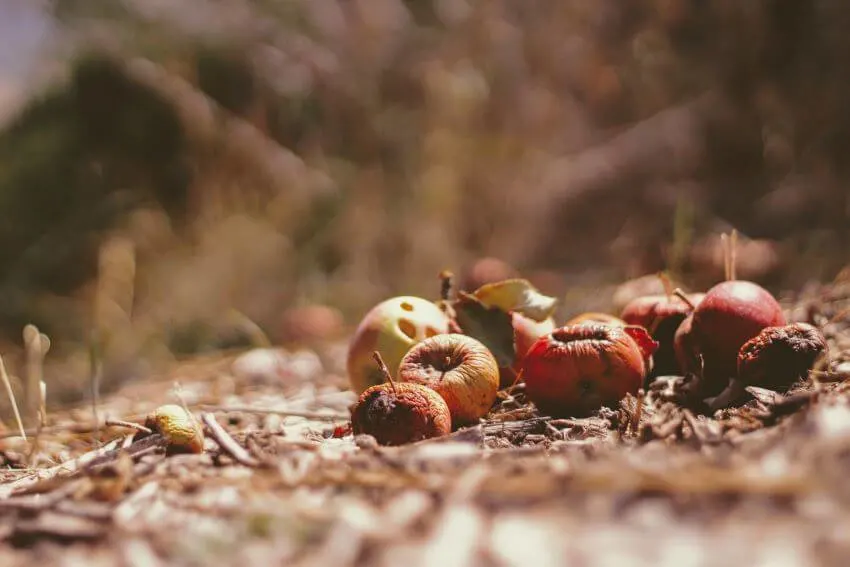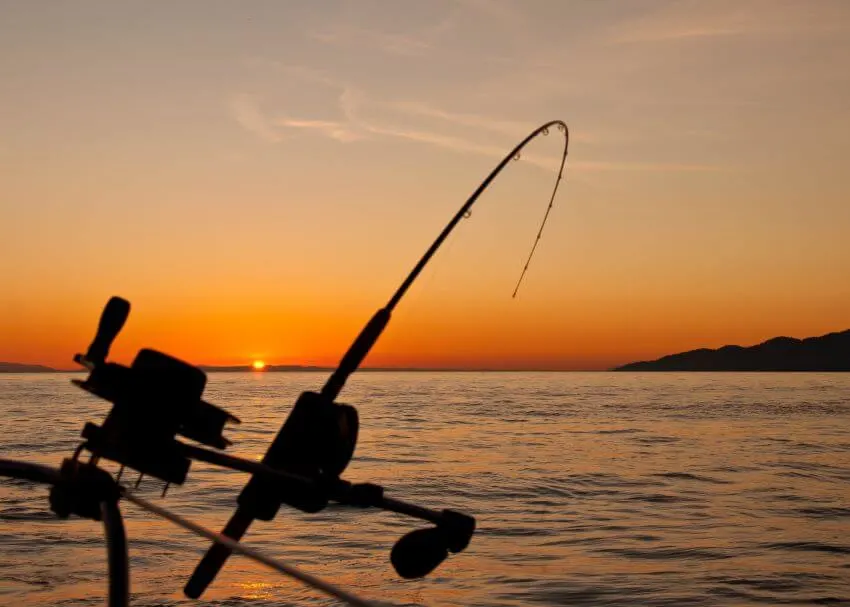Nature documentaries filmed in the 1970s and 1980s gave fair warning about habitat loss. Modern nature documentaries echo the same message but also show that ecological damage has gotten much worse since earlier warnings.
So, what is habitat loss, and why should we care? Habitat loss is the destruction of natural habitats, which can lead to the extinction of plant and animal species. It is one of the leading drivers of biodiversity loss, and it is happening all over the world at an alarming rate.
There are many reasons why we should care about habitat loss. For one, it is happening on a massive scale, and at the current rate of destruction, we could lose up to 50% of all plant and animal species by the end of the century.
This would be a devastating loss for the species and us since we rely on biodiversity for our food, water, and medicine.
Habitat loss is also one of the main drivers of climate change. As forests are destroyed and carbon-absorbing plants die, greenhouse gases are released into the atmosphere, causing the Earth to warm.
This feedback loop amplifies the effects of climate change and makes it even harder to combat. So, how do you promote habitat conservation? Here are solutions to prevent habitat loss.
Habitat Loss Solutions You Need to Know
1. Reforestation and supporting reforestation projects.

Deforestation is one of the most serious threats to the world’s forests. The phenomenon affects not just the forests themselves but also the health of the habitats around them. Logging for the industry is one of the worst culprits, destroying miles of natural forest habitat yearly.
Reforestation is a way to restore the world’s forests through small and large global efforts. Every tree planted makes a difference in global reforestation efforts.
Contributions to reforestation projects can also help to make it a more realistic future goal. Even if you can’t plant a tree, you can guarantee someone else does!
See Related: Best Conservation Books to Read
2. Recycle waste at home.

The world has collected so much trash that there are several trash islands floating around the oceans.
These “trash islands” have become their unnatural habitats but also cause vast amounts of damage to marine ecosystems because they exist in the first place.
Trash islands are just one way to illustrate how large the international trash problem has become. Single-use plastics, unethical industry, and cost-cutting manufacturing methods contribute to our overall trash footprint on the planet.
Recycle home waste: it’s not hard to separate glass, plastic, and metal from one another, and it can prevent the world’s next trash island.
Every time you recycle, the world is one step closer to a sustainable future. It’s also a solution for saving marine life from plastic’s destruction.
See Related: How To Be An Environmentalist?
3. Create compost from organic waste.

The definition of organic waste is anything that decays: in the average household or kitchen, you will have a good idea of what this is already.
Fruit and vegetable peels are one of the most common ingredients of the home compost heap. If you are a keen gardener, grass and plant cuttings also go here.
Compost is easy to make and can make a big environmental difference. When compost is mixed into soil, it gives the ground a chance to recover from damage.
It’s useful to the Earth, even when it’s done in small amounts. Recycling isn’t just for metal or plastic; organic items can be recycled into compost to combat habitat loss.
See Related: Energy Efficient TVs
4. Cut out the use of single-use plastic.

Single-use plastic exists everywhere for the benefit of convenience. Coffee pods and plastic straws are two popular examples of items that quickly fill up the world’s landfills.
Plastic threatens life, especially for animal species trapped in the millions of plastic items around their habitats.
What is plastic doing in natural habitats? Well, people put them there. Every time single-use plastic products are used, the burden placed on the environment gets bigger.
The world’s habitat loss problem can be directly tied to the world’s excessive and extensive use of single-use plastic products.
Where possible, switch to more sustainable options, such as recycle-friendly packaging and paper straws. This can make a bigger difference to habitat loss than one individual often realizes.
See Related: How to Make Mobile Home More Energy Efficient?
5. Control invasive species.

Invasive species are classified as non-native to an area. Native species are plants and animals that are naturally found in that area and are adapted to the climate and conditions there.
Invasive plants tap important natural resources needed by the existing environment, causing considerable ecological damage annually.
The majority of “invasive” plants cause environmental damage. Extreme cases lead to water depletion, a total take-over by the invasive plant, or even quicker erosion due to the invasive plant.
In addition to the problem, invasive plant species can be home to bacteria and insects not originally found in the country. They can also spread serious diseases and parasites that affect plants.
If you suspect a plant or tree of being invasive, it’s easy enough to find on Google (or via a plant-identification app these days). Removing invasive plant and tree species makes essential room for the biological life that belongs there.
If you see an invasive plant or tree species you cannot report, contact your local state authority for the best contact person. Reports about invasive plants and trees can also help the environment.
See Related: What is Lake Erosion and What To Do When It Happens
6. Donations to sustainable causes.

Donations make a difference, but they don’t have to be worth a thousand dollars to have an impact. Small donations to good causes can increase the impact of efforts to save the environment, and there are a thousand different ways to make your contribution.
If you have found an ecological cause you would like to support, representative organizations can help you find the best causes to support.
Sustainable causes can be supported through once-off or regular small donations.
That’s not the only way to make a difference or donate: switch to an eco-friendly bank.
Eco-friendly banks are more environmentally conscious. Their investments and clients are held to eco-friendly standards – and contribute positively to the world’s habitats.
See Related: Solar vs Wind Energy: What’s the Difference?
7. Switch to eco-friendly appliances.

Not all appliances are made the same, and not all things in your home or apartment have the same ecological impact. Older appliances (especially kettles, toasters, and heaters) are energy vampires that pull much more than necessary from the grid. Old tech requires more energy to run and leaves a larger carbon footprint on the environment to manufacture in the first place.
Eco-friendly appliances have been designed to use less energy to perform the same tasks as older ones. These appliances are far more energy-efficient: they are cheaper to run, and the carbon footprint they eventually leave behind is less.
Just one household can make a difference to counter habitat loss. Can you imagine the potential difference if it were one million households instead? Do your part and switch to energy-efficient appliances in your apartment or home.
See Related: Best Books on Pollution
8. The control and regular monitoring of water quality.

Water quality matters and can indicate a thousand things in your immediate environment.
Pollution levels are often apparent in the water first – and it doesn’t matter where you live; testing your water quality is a good idea.
Water quality is directly tied to habitat health.
If the water quality in your area tests high for pollutants, then you can be sure that the habitats (and microhabitats) will be affected, too.
It’s true for your neighborhood and larger habitats like grasslands or mountain ranges.
But here’s the unfortunate truth: water doesn’t always get tested as often as it should.
Individual, privately ordered water quality tests can help establish water quality in your habitat—even when nobody else will.
See Related: Conservation vs Preservation
9. Reduce the use of fossil fuels.

Fossil fuels are among the worst things for the environment but are still very common worldwide. They leave one of the largest carbon footprints, and the damage is difficult to reverse, but it isn’t impossible.
If you reduce your daily use of fossil fuels, you will benefit the environment and its sustainability. Fossil fuel does not just mean driving a car. You might benefit from fossil fuels without even realizing it in many other ways—for example, fuel heating or consumer industries.
Alternative forms of energy exist, so there is much less of a need to rely on fossil fuels for survival.
See Related: Best States for Sustainable Living
10. Decrease your energy consumption.

Changing eco-friendly appliances is not the only way to help the environment. There are plenty of small, effective ways to decrease your energy consumption around the home or office.
- Switch off any appliances that are not in use. This simple trick will stop appliances from drawing a continual current – and thus, take that extra bit of pressure off the power grid.
- Remove devices from charge once they are fully charged for the same reason. Unplugged devices will not pull a continual, costly current that could harm the environment.
- Replace old batteries and power banks. Older batteries and power banks aren’t as effective as modern types, and older ones might even lose their charge over time (and take longer while costing more to charge a device to full).
- Use energy-efficient light. Energy-efficient bulbs burn just as bright as older varieties but without as much energy wasted. Using energy-efficient light can cut your power bill and do more for the environment at the same time.
These are all small changes that can make a big difference.
See Related: Is Rainwater Harvesting Worth It?
11. Buy sustainable products.

The next time you place an online order or go to the store, check the labels of items like chocolate and coffee for any mentions of environmental sustainability.
Sustainable products use only high-quality, authentic ingredients. They have also been responsibly sourced from a source that can be verified and proven.
Sustainable farming has much less of an impact on the local ecology. Sustainable farming is all about promoting natural habitats. Due to non-sustainable farming, pollution and deforestation are even larger environmental issues.
If you buy sustainably, you are combating habitat loss with every purchase. Sustainable products also often donate to relevant causes: see the manufacturer’s website, where sustainability is said on the label.
See Related: Best Erosion Control Blankets to Buy
12. Invest in sustainable eco funds.

Consider a sustainable eco-fund if you are an investor or have little money to put away.
Sustainable funds guarantee that your money goes into ethical business ventures alone: those that do not earn income from industries that might harm the environment.
Investing in the best eco-fund will contribute to the environment as your investment grows. Some investment funds allow you to select individual causes, while others invest as a “blanket” in different industries.
It’s a good way to make a sustainable difference.
See Related: Best Composting Books You Need To Read
13. Responsible fishing, always.

Fishing is one of the world’s largest industries and, separately, one of the world’s most popular pastimes. Both should be environmentally sustainable from the start.
Overfishing causes large amounts of habitat damage and total loss each year. Responsible, licensed fishing matters—and helps the environment flourish.
The same counts when buying fish from a store or restaurant. Does the manufacturer guarantee ethical, sustainable fishing?
See Related: Best Conservation Posters
14. Get the most out of your habitat.

Every apartment, home, office, or garden is a unique habitat within another. Get the most out of your own habitat by planting something—whether one tree or an entire garden.
A single plant can make a huge difference in combating habitat loss. It might even form an entire microhabitat.
See Related: Best Outdoor Jobs | Careers to Consider for Outdoor Lovers
15. Cooperation between local communities and The local government

When local communities and governments work together to prevent habitat destruction, it can go a long way toward preserving these vital ecosystems. Marine and coastal wildlife are among the ecosystems protected by this relationship.
By establishing marine protected areas and working to reduce pollution and overfishing, we can help protect coastal areas and ensure coastal reefs will continue to thrive for generations to come.
The Great Barrier Reef has continuously flourished because of the strong relationship between the local government and coastal communities. Both parties understand how important this coral reef ecosystem is to the area and make conservation efforts to protect these natural habitats.
See Related: Important Pros and Cons of Captive Breeding
The different types of habitat loss
There are many different ways in which habitats can be lost. Some of the most common include:
Deforestation
This is the conversion of forests into non-forest lands, such as agricultural fields or urban development. It is a major problem in the Amazon rainforest, where an area the size of a football field is cleared every minute.
Habitat fragmentation
This occurs when natural habitats are divided into smaller and more isolated pieces, making it difficult for plants and animals to move around and find the resources they need to survive.
Wetland destruction
This is the loss of wetlands, which are vital for the survival of many plant and animal species. Wetlands also play an important role in regulating water levels and filtering pollutants.
Pollution
This refers to air, water, and soil contamination with harmful chemicals. Pollution can come from many sources, including factories, cars, and agriculture.
Invasive species
These non-native plants, animals, or microorganisms spread rapidly and harm the local environment. They can outcompete native species for food and space and carry diseases that can kill off whole populations.
Habitat loss is a massive problem across worldwide ecological systems. Grasslands, wetlands, the Arctic Circle, and marine habitats are seriously threatened.
How climate change affects habitat loss

Climate change is one of the biggest threats to biodiversity, exacerbating habitat loss in various ways.
For one, climate change is raising global temperatures and destroying coral reefs. As the water gets warmer, coral bleaches and dies, destroying the coral habitat and the many plant and animal species that rely on it for food and shelter.
Climate change is also causing more extreme weather events, such as droughts, floods, and hurricanes. These events can damage natural habitats and kill plants and animals. They can also destroy habitats when people are forced to move to new areas or build homes and roads in natural habitats.
See Related: Arabian Oryx: Why Is It Endangered?
Why are solutions to habitat protection important?
Deforestation, pollution, and urbanization are some of the factors that contribute to the rapid decline of natural resources and habitat degradation. Our carbon footprint and rising temperatures create a larger problem for the environment.
It is not just man who harms the environment. Nature also causes damage to nature through storms, hurricanes, landslides, and other natural phenomena. Without healthy habitats, the environment itself causes more damage to itself.
According to the World Wildlife Fund, more than three-quarters of the Himalayas are affected by habitat. This makes the Himalayas one of the most affected biomes in the entire world.
Habitat loss is also a big problem for migratory species. When natural habitats are destroyed, these species become confused and lack food along their migration routes.
Habitat destruction is a serious problem to which individuals and industries contribute, but how can you help the environment instead?
Small, individual changes can make a big difference to the environment. Solutions for Habitat loss are not always huge and multimillion-dollar but can be done around your house or at the store.
If a million people each threw a grain of sand into a well, the well would fill up fast. It is a good way to illustrate the difference your small changes can make to the environment.
FAQs
What is the government doing about habitat loss?
The government has been working to address habitat loss and its effects on biodiversity for many years. In 1992, they passed the Convention on Biological Diversity to protect ecosystems and their inhabitants. The government has also established numerous protected areas and created laws to help protect habitats.
The Endangered Species Act is also a great initiative to protect the earth from habitat destruction by endangered animals.
How are coral reefs affected by habitat loss?
Coral reefs are affected by habitat loss in several ways. One is that coral can die from being out of the water for too long or bleach when the ocean becomes too warm. Habitat loss can also mean less food is available for coral, making them more susceptible to disease.
How can we stop habitat destruction?
Habitat destruction solutions can be implemented to prevent further damage to natural habitats caused by human activities. One effective solution is to protect and conserve existing habitats through legal and regulatory measures. Another solution is to promote sustainable land use practices that minimize the impact on natural habitats, such as using eco-friendly farming methods and reducing deforestation.
Educating the public about the importance of preserving habitats and the consequences of habitat destruction can also help prevent further damage.
What are five examples of habitat destruction?
Habitat destruction is the process by which natural habitats are altered or destroyed, leading to the loss of biodiversity and ecological balance. Some examples of habitat destruction include deforestation, urbanization, mining, oil and gas drilling, and agricultural expansion. Deforestation involves clearing forests for commercial or agricultural purposes, resulting in the loss of many species’ habitats.
Urbanization involves converting natural areas into urban landscapes, leading to habitat loss for many animals. Mining is the extraction of minerals and metals from the earth, often destroying habitats and ecosystems. Oil and gas drilling can lead to habitat destruction through the clearing of land and the disruption of ecosystems. Agricultural expansion involves the conversion of natural lands into farmland, resulting in habitat loss for many species.
Related Resources
